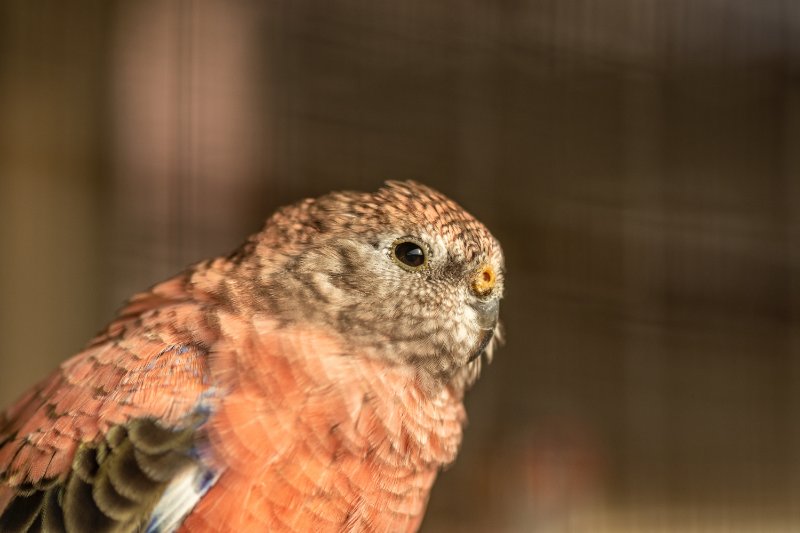“
Welcome to the journey of understanding and caring for your Bourke Parakeet, a bird species with an intriguing history and a beautiful disposition. Let’s delve deeper into the enchanting world of these feathered companions.
Digging into the Bourke Parakeet History
Originating from the central and southwestern territories of Australia, the Bourke Parakeet owes its name to a historical figure, Sir Richard Bourke, an ancient governor of New South Wales. Classified as the only species within the Neopsephotus genus, these birds enchant us with their unique non-green feathering and divergent physique and tail shape. Identifying males becomes easier with their distinct blue band of feathers over the nostrils.
Qualities that Make Bourke Parakeets Ideal Pets
These inquisitive creatures are known for their calm demeanor and resilience, making them perfect bird pets for all, especially newbies. They are peaceful, have melodious voices and are not known chatterboxes. If you are living in an apartment and desire a pet bird, a Bourke Parakeet would fit right in.
Diet Choices for Your Bourke Parakeet
To keep your Bourke Parakeet healthy, include a diet of millet, safflower, canary seeds, sunflower seeds, sprouted seeds, apple and banana pieces, kale, broccoli, corn, boiled egg, and grated carrots. Do remember they love millet, so limit their intake. Simply put:
- Mix in a variety of seeds
- Add various fruits and vegetables
- Limit millet consumption
Choosing Suitable Toys for Your Bourke Parakeet
The choice of toys for Bourke parakeets leans more towards paper or straw ones that can be pulled apart or shredded. They also like preening toys, swings, and bells. Remember to check for any potential tangling hazards. Also, consider supplying cuttlebone and mineral blocks to care for their beaks.
Unique Characteristics of Bourke Parakeets
Unlike most birds, Bourke parakeets are active primarily during dawn or dusk. Their soft chirping extend past sunset in their natural habitat. They can be comfortably housed in medium-sized cages, with adequate time outside their cages. They prefer temperatures between 60-85 degrees.
Breeding and Nesting in Bourke Parakeets
Bourke parakeets breed often with established pairs. The female signals readiness for mating by leaning forward on the perch and making chirping sounds. Laying 4-6 eggs, she incubates them for 18-20 days. The hatchlings leave the nest-box around the fourth week. The male plays a supportive role, bringing food tidbits during this period.
Related Resources:

